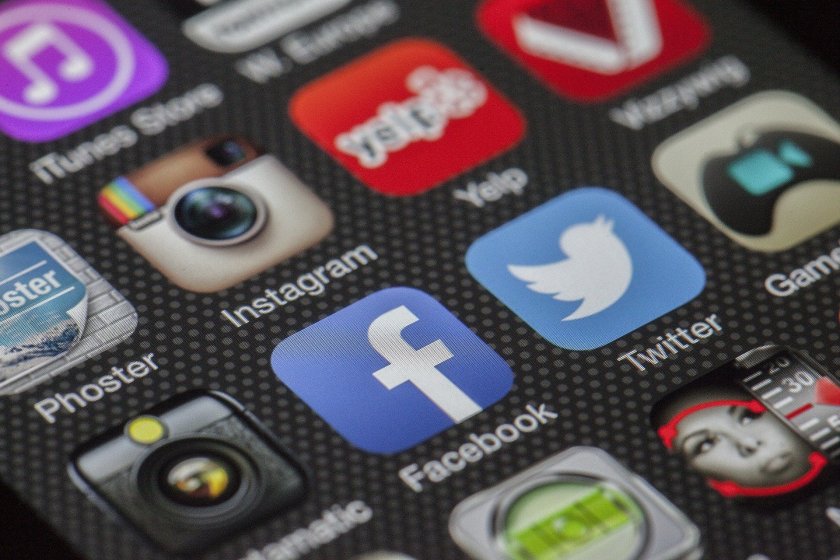Social media both shares the goings and news of the world, but it also shapes and creates it. This has become all the more apparent to me, but it worries me how we often we may not be concious of this.

Social media messages are short and simple.
The social media world relies on simple messages, on a single image, 280 character or a 60 second video. The message needs to be simple as it is designed to be addictive and get our attention, to fit into busy lives and to encourage us to flick from one message to the next, then the next. I know I have found myself wasting 20mins just flicking through amusing TikTok videos for example. This is what the platform providers want us to do. They want to keep us on their platform as this is how they achieve their revenue, via advertising, so the longer we are on their platform the more data they can mine and the more advertising revenue they can achieve.
The world is simple?
My concern is that the features of the medium, in this case social media, influence the messages which are being conveyed. But what does this mean for how we perceive the challenges of the world, as shared via social media? I would suggest this is encouraging us to increasingly see the world complex problems and challenges, as being simple. Almost every problem whether it be global warming, the covid19 pandemic or racism can be boiled down into a social media message. And for everyone message sent someone will be able to argue a counter position using the same medium and the same inherently short bite sized social media message. As such I think we may become less aware of the nuanced nature of the problems we are faced with. Seeing every problem being boiled down to a simple message may convince us that the problems themselves are simpler than, in the real world, they are.
Increasing binary viewpoints
This simplicity also makes it easier to see problems in terms of black and white or binary positions. It makes it easy to see a statement on social media as either true or false rather than seeing the complexity and therefore the infinite number of possibilities which may exist between two extreme positions. And again, for every post stating one position there is at least one person, and often many, many, people, able to reply with an opposing binary view. This in turn could help to explain the increasing divisions in society whether this be in relation to Brexit in the UK or Trumps presidency in the US, or a multitude of other news stories.
Reinforcement learning
Social media also makes us hyperconnected. Having identified data about our usage patterns, social media platforms will purposefully expose us to content which fits with these patterns. As a result, we will be repeatedly exposed to consistent messaging which, through reinforcement, may strengthen our commitment to the binary viewpoints we are encouraged to develop. This may make our commitment to our position, in relation to specific issues, and to defending such positions more fixed and immovable. It can also impact on our world view including what we see as truth, how positively or how divided we see the world we live in.
Social: Time to consider the medium and the message
Social media is here to stay. It may not be Facebook, Twitter or TikTok in the future, but social media is highly likely to continue in some shape or form. Watching the news reporting as to concerns in relation to social media, they tend to focus on the messages being shared. They focus on what social media companies should be doing to prevent extremism, suicide, etc. I agree work needs to be done here however I also think we also need to look at the vehicle for these messages and what this may mean for the society we live in.
Final Thoughts
Social media represents a magnified version of real life due to the nature of the medium. This has its advantages in making it easy to consume and contribute to. The flipside however is it lacks the detail, the nuanced nature and complexity of real life. We need to be more concious of this, and to ensure our students are also concious of this. Only through being concious of the impact on the medium can we seek to adjust for and minimise it.

